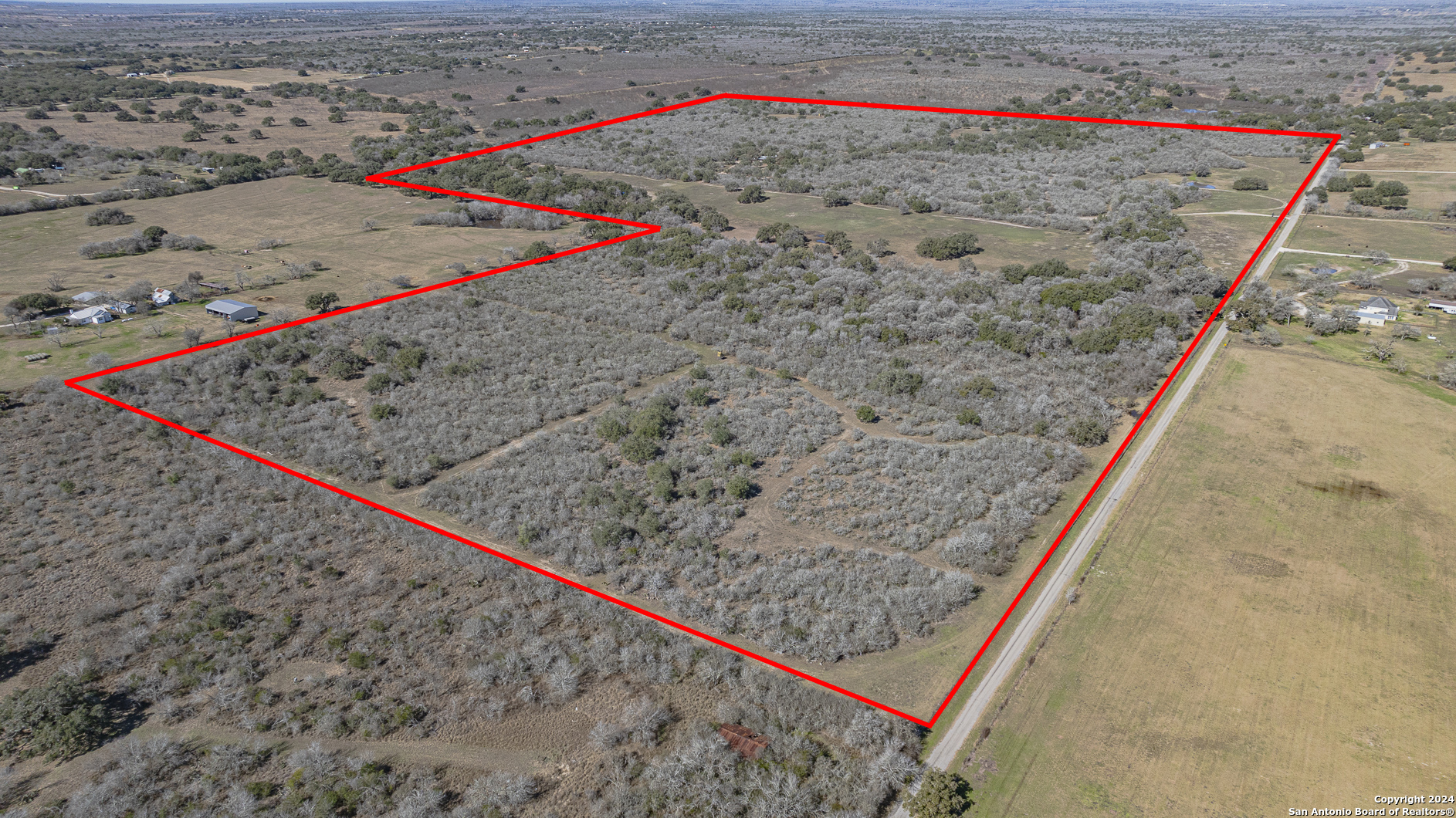Bee County, located in South Texas, is celebrated for its rich history, agricultural heritage, and scenic landscapes. Established in 1858, the county features rolling plains, fertile farmlands, and a close-knit community. With a commitment to preserving its historical significance while fostering modern growth, Bee County offers a welcoming environment for residents and visitors alike.
AREA HISTORY
Bee County was established in 1858 and named after BarnardE. Bee, Sr., a prominent early Texas statesman. Originally inhabited by NativeAmerican tribes such as the Karankawa and Lipan Apache, the area saw European settlers arriving in the mid-19th century. The county's history is marked by its development as an agricultural hub, with early settlers establishing farm sand ranches that remain integral to the local economy. Historic sites like theBee County Courthouse and the McClanahan House offer insights into the county’s storied past and its contributions to Texas history.
GEOGRAPHY
Bee County, located in South Texas, features a diverse and picturesque landscape. The county is characterized by rolling plains, fertile farmland, and clear rivers, with the Aransas River being a prominent geographical feature. The terrain includes woodlands, grasslands, and cultivated fields, supporting a variety of plant and animal life. The climate is humid subtropical, with hot summers and mild winters, making the area suitable for agriculture and outdoor activities.
CULTURAL HERITAGE
Bee County's cultural heritage is deeply rooted in its agricultural and historic traditions. The county hosts various events and festivals throughout the year, celebrating its history and community spirit. The Bee County Western Week and the Bee County Fair are major events that draw visitors from across the region.
January 42°F
July 96°F
Bee County, located in South Texas, is celebrated for its rich history, agricultural heritage, and scenic landscapes. Established in 1858, the county features rolling plains, fertile farmlands, and a close-knit community. With a commitment to preserving its historical significance while fostering modern growth, Bee County offers a welcoming environment for residents and visitors alike.
AREA HISTORY
Bee County was established in 1858 and named after BarnardE. Bee, Sr., a prominent early Texas statesman. Originally inhabited by NativeAmerican tribes such as the Karankawa and Lipan Apache, the area saw European settlers arriving in the mid-19th century. The county's history is marked by its development as an agricultural hub, with early settlers establishing farm sand ranches that remain integral to the local economy. Historic sites like theBee County Courthouse and the McClanahan House offer insights into the county’s storied past and its contributions to Texas history.
GEOGRAPHY
Bee County, located in South Texas, features a diverse and picturesque landscape. The county is characterized by rolling plains, fertile farmland, and clear rivers, with the Aransas River being a prominent geographical feature. The terrain includes woodlands, grasslands, and cultivated fields, supporting a variety of plant and animal life. The climate is humid subtropical, with hot summers and mild winters, making the area suitable for agriculture and outdoor activities.
CULTURAL HERITAGE
Bee County's cultural heritage is deeply rooted in its agricultural and historic traditions. The county hosts various events and festivals throughout the year, celebrating its history and community spirit. The Bee County Western Week and the Bee County Fair are major events that draw visitors from across the region.










